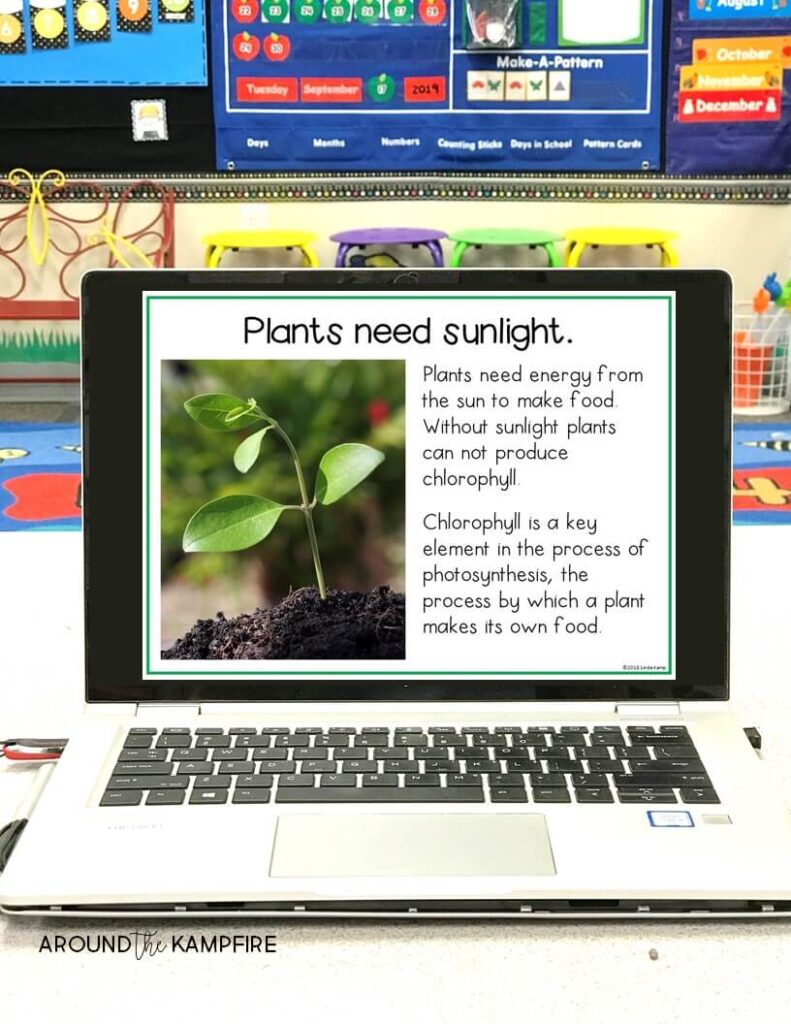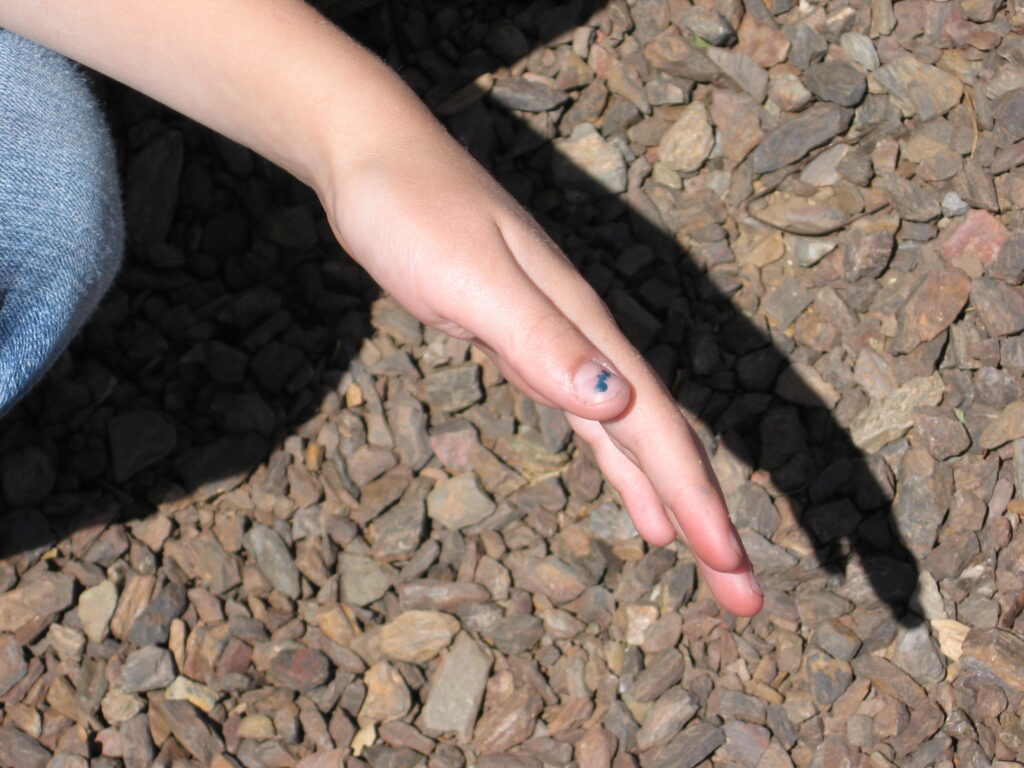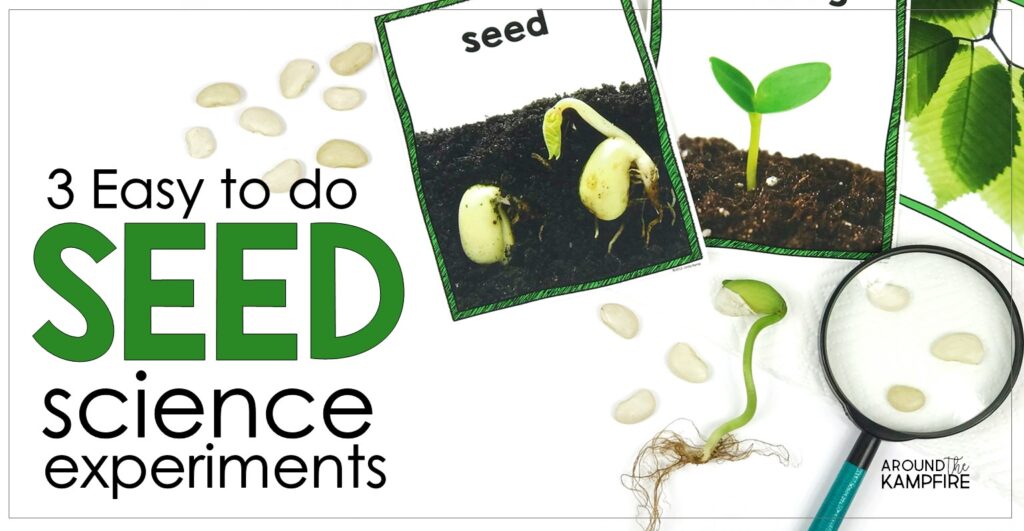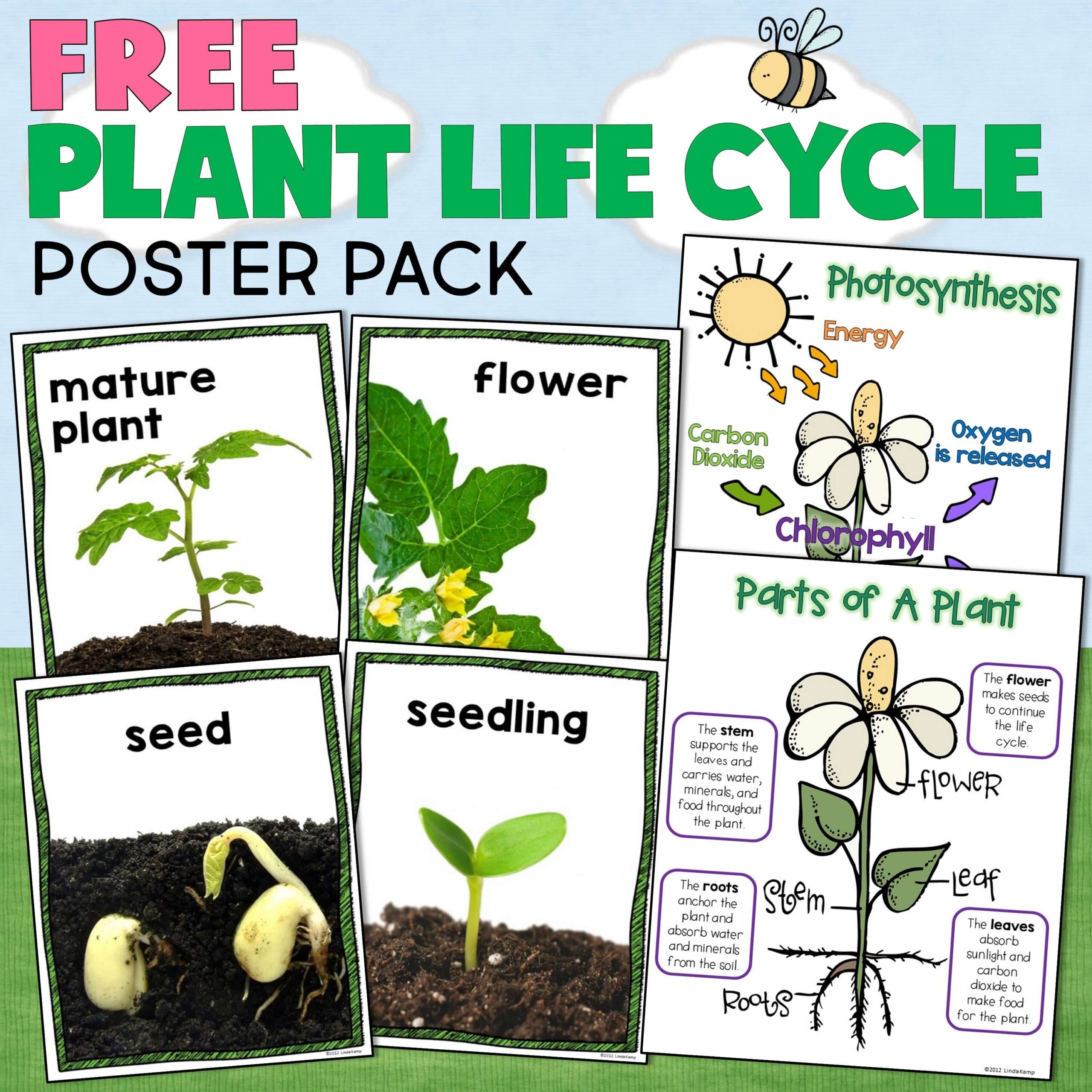This easy plant needs science activity helps kids explore plant adaptations and how the shape of a leaf helps a plant get the amount of sunlight it needs.

Plant Needs Science Activity
When learning about plants and their life cycle, students learn about plant needs, adaptations, and how leaves help plants make their own food. Plants need water, soil, space, and sunlight to grow. They also need sunlight to make food. My students had a lot of great questions about plants, chlorophyll, and photosynthesis. Some of them wondered, “What about plants that grow in shade?” and “How do plants that don’t have leaves, like cacti, make food?”. They answer is, they have leaves adapted for photosynthesis.
In this post, I’ll answer some of those questions (because I’ll bet that your students are asking them too) and share a simple, low prep science activity for students to explore how leaves, and their adaptations, help a plant get sunlight.

How Do Leaves Help a Plant Get Sunlight?
The leaves of a plant are like tiny solar panels that collect energy from the sun. Plants need this energy to make food. Leaves contain a green pigment called chlorophyll. Chlorophyll can make food for the plant by combining carbon dioxide, water, nutrients from the soil, and energy from sunlight. Sign up below for FREE plant science posters with a diagram of the process of photosynthesis.
Why Do Leaves Have Different Shapes?
Not all plants need the same amount of sunlight. Plants have adapted so their leaves are suited to their specific environment and habitat. Each leaf and its shape helps the plant maximize its chances of survival in its habitat by getting the right amount of sunlight it needs to make food.
 Leaves of tropical rain forest plants have larger surface areas than those of plants that grow in the desert. Not much sunlight can reach plants that grow in a dense jungle rain forest, so a larger leaf surface helps the plant get enough sunlight.
Leaves of tropical rain forest plants have larger surface areas than those of plants that grow in the desert. Not much sunlight can reach plants that grow in a dense jungle rain forest, so a larger leaf surface helps the plant get enough sunlight.
Desert plants are likely to have a smaller surface to minimize water loss. In these hot climates, plants like cacti have leaves that are reduced to spines. The spiny leaves regulate the amount of sun the plant takes in and work together with the succulent stem of the cactus to help conserve water. Other plants close their leaves and flowers at night.

Demonstrating How Leaves Help a Plant Get Sunlight
To further explore how leaf shapes help plants get the right amount of sunlight students did a demonstration outdoors.

Students worked in pairs on a bright sunny day to replicate how the shape of a leaf provides different amounts of surface area and sunlight to a plant. They first compared pictures of different leaf types and talked about the type of habitat the plant might grow in.

Click here for Plant Needs Experiment lab sheet
Once outdoors, students used their hands to demonstrate different leaf shapes.

By turning their hands from side to side, students could see which shapes created larger surface areas like on rain forest plants, or smaller surface areas like on desert plants. This help students visualize how surface area determines the amount of sunlight touching the leaf and being absorbed.

Easy to do plant science experiments like this one are a great addition to any plant life cycle unit or habitats and adaptations activities.
Find this plant needs science activity, student lab sheet, and more in a complete Plant life cycle unit & teaching PowerPoint.

Be sure to pin this post for later so you have it when you plan!

For more plant needs science experiments and activities visit these posts:
Hands-On Plants Activities the Fun Way!

Chlorophyll Paintings: A Science Based Art Project



Cheese Powder Pollination Activity

Happy teaching!






Absolutely fantastic!! thank you from Uvongo Beach KZN
great information thanks for sharing